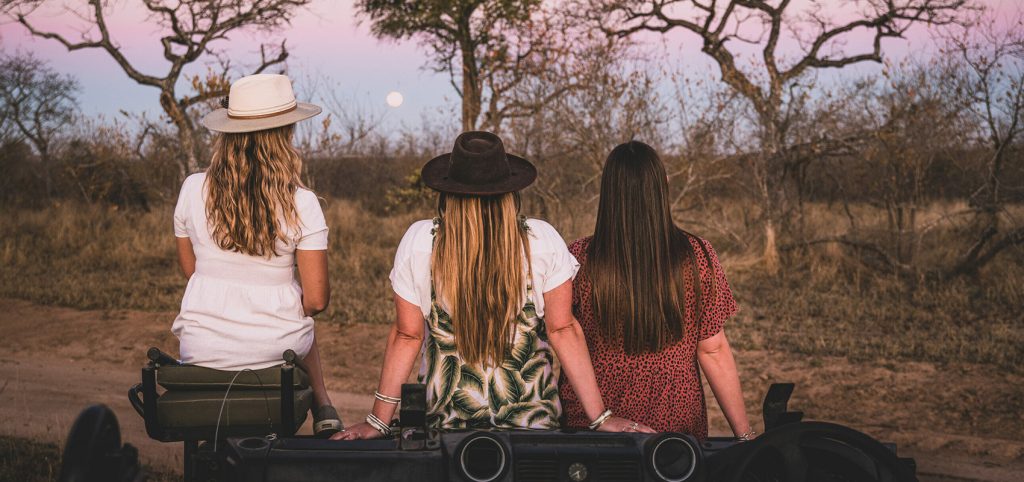Serengeti National Park
Lorem ipsum dolor sit amet, consectetur adipiscing elit. Ut elit tellus, luctus nec ullamcorper mattis, pulvinar dapibus leo.
- By LSTWebmasters
Table of Contents
Bwindi Impenetrable National Park’s
Bwindi Impenetrable National Park’s climate and wildlife activity fluctuate throughout the year, influencing trekking conditions, wildlife sightings, and overall visitor experience.
Dry Seasons (June to August and December to February): These months are the peak tourism seasons for Bwindi. The drier trails make gorilla trekking easier and more enjoyable, and the weather is generally sunnier with lower malaria risk.
Rainy Seasons (March to May and September to November): These months experience heavier rainfall, making trekking more challenging due to muddy and slippery trails. However, this period is ideal for bird watching, as many migratory birds grace the park with their presence, particularly in November. Some accommodations may also offer lower rates during this off-peak season.
While you can visit Bwindi Impenetrable National Park year-round, the dry months of June to August and December to February are the most favorable for gorilla trekking and overall Uganda wildlife experience. The rainy seasons, while more challenging for trekking, provide unique opportunities for bird watching, greener landscapes, and quieter experiences in the park at lower costs.



Bwindi Impenetrable National Park’s
Bwindi Impenetrable National Park’s climate and wildlife activity fluctuate throughout the year, influencing trekking conditions, wildlife sightings, and overall visitor experience.
Dry Seasons (June to August and December to February): These months are the peak tourism seasons for Bwindi. The drier trails make gorilla trekking easier and more enjoyable, and the weather is generally sunnier with lower malaria risk.
Rainy Seasons (March to May and September to November): These months experience heavier rainfall, making trekking more challenging due to muddy and slippery trails. However, this period is ideal for bird watching, as many migratory birds grace the park with their presence, particularly in November. Some accommodations may also offer lower rates during this off-peak season.
While you can visit Bwindi Impenetrable National Park year-round, the dry months of June to August and December to February are the most favorable for gorilla trekking and overall Uganda wildlife experience. The rainy seasons, while more challenging for trekking, provide unique opportunities for bird watching, greener landscapes, and quieter experiences in the park at lower costs.
Bwindi Impenetrable National Park’s
Bwindi Impenetrable National Park’s climate and wildlife activity fluctuate throughout the year, influencing trekking conditions, wildlife sightings, and overall visitor experience.
Dry Seasons (June to August and December to February): These months are the peak tourism seasons for Bwindi. The drier trails make gorilla trekking easier and more enjoyable, and the weather is generally sunnier with lower malaria risk.
Rainy Seasons (March to May and September to November): These months experience heavier rainfall, making trekking more challenging due to muddy and slippery trails. However, this period is ideal for bird watching, as many migratory birds grace the park with their presence, particularly in November. Some accommodations may also offer lower rates during this off-peak season.
While you can visit Bwindi Impenetrable National Park year-round, the dry months of June to August and December to February are the most favorable for gorilla trekking and overall Uganda wildlife experience. The rainy seasons, while more challenging for trekking, provide unique opportunities for bird watching, greener landscapes, and quieter experiences in the park at lower costs.

